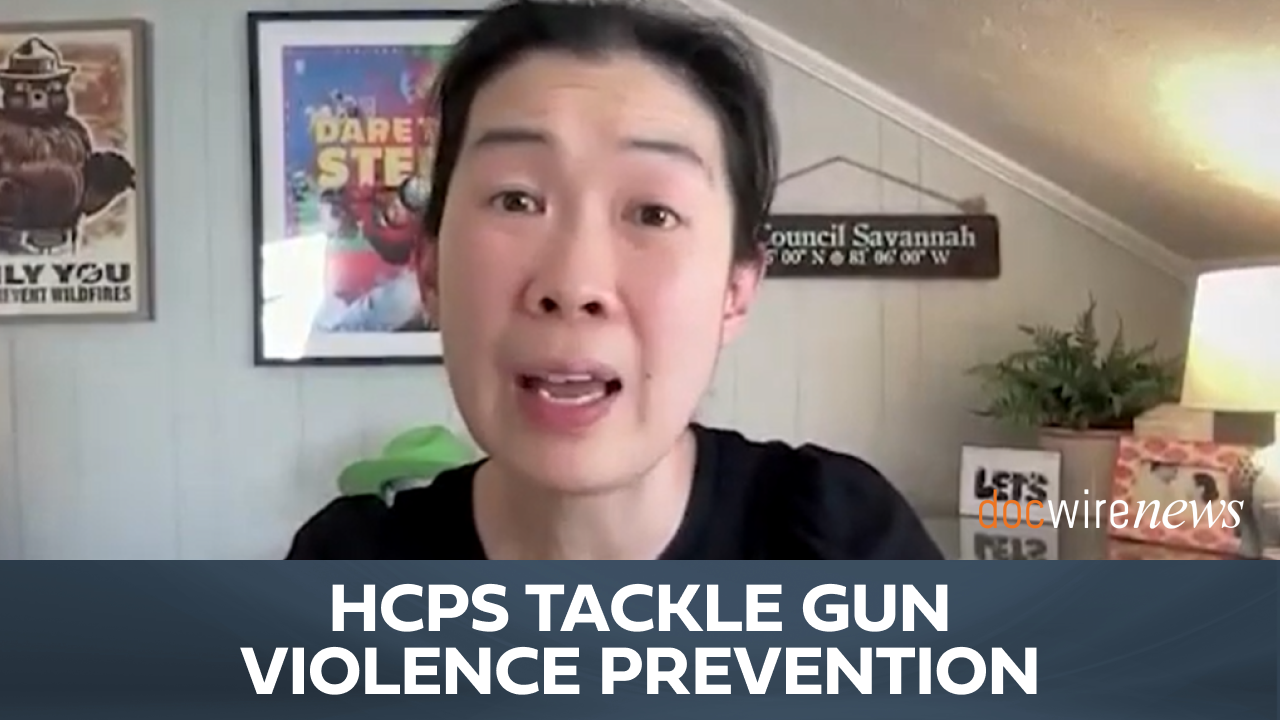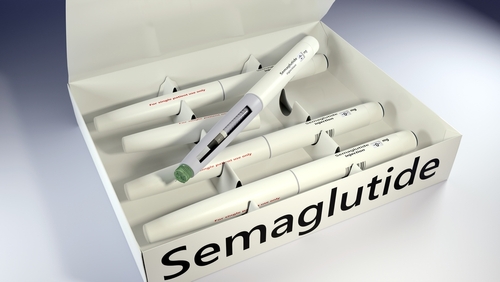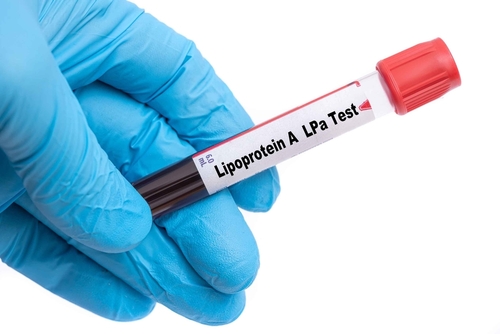
With summer activities in full swing, the risk of swimmer’s ear (acute otitis externa [AOE]) infections increases. One treatment for AOE is ciprofloxacin otic suspension. Marketed as OTIPRIO, it’s the first single-dose antibacterial to garner Food and Drug Administration (FDA) approval to treat AOE. Global allergy solutions company ALK recently teamed up with biopharmaceutical company Otonomy to promote the drug. John Ansley, M.D., Physician and Owner at the Carolina Ear Nose & Throat Clinic, spoke with DocWire News about AOE, the history of OTIPRIO, and more.
When was OTIPRIO first approved for acute otitis externa patients in this age group?
OTIPRIO® (ciprofloxacin otic suspension) was approved in March 2018 for the treatment of acute otitis externa (AOE) in patients 6 months of age and older due to Pseudomonas aeruginosa and Staphylococcus aureus. OTIPRIO is the first single-dose antibacterial approved by the FDA for treating AOE.
How common are swimmer’s ear infections in this cohort?
Acute otitis externa (AOE), also known as swimmer’s ear, is a common condition involving infection and inflammation of the external ear canal typically caused by bacterial infection. According to market data, there are approximately 4 million episodes of AOE each year in the United States. Symptoms include itchiness, redness, swelling, pain and pus draining from the infected ear.
What study/studies led to the approval of OTIPRIO?
A single Phase 3, randomized, controlled, blinded, multicenter study in 262 pediatric and adult patients with unilateral or bilateral acute otitis externa was designed to evaluate the safety and efficacy of OTIPRIO when administered by a healthcare professional as a single dose to the external ear canal to patients aged 6 months and older.[1] The median age of patients enrolled in the clinical trials was 34 years; 26% of patients were 3 to 17 years of age, 65% of patients were 18 to 64 years of age, and 8% of patients were greater than 65 years of age. No patients less than 3 years of age were enrolled.
The primary efficacy endpoint was the proportion of patients with clinical response at Day 8. Clinical response was defined as the complete absence of signs and symptoms of acute otitis externa (i.e., tenderness, erythema, edema, and otorrhea as determined by the blinded assessor), and no concomitant systemic or topical antibacterial drug (given in the study ear) was taken for any reason at or prior to the study visit. OTIPRIO demonstrated statistically significant clinical response defined as the complete absence of signs and symptoms of AOE (i.e., tenderness, erythema, edema, and otorrhea) compared to sham (p-value < 0.001).
How can parents reduce their child’s risk of swimmer’s ear?
The CDC recommends helping to keep children’s ears as dry as possible, drying ears thoroughly after swimming or showering and ensuring children avoid putting foreign objects in their ears.[2]
Any additional comments/information for readers?
Topical antibiotics are considered the standard of care treatment for AOE, with the typical regimen of ear drops requiring several administrations to the affected ear each day for up to 10 days. However, compliance with this multi-dose, multi-day regimen can be challenging for patients, or parents in the case of children. In fact, one study that tracked ear drop usage in patients found that “Compliance patterns were extremely poor, in that only 40 percent of patients were managing to self-medicate within a 25% error margin by the end of day 3.”
Sources
[1] Ansley J, Mair E, Namini H, Lu CH, LeBel C. OTO-201 for the Treatment of Acute Otitis Externa: Results from a Phase 3 Randomized Clinical Study. Ann Otol Rhinol Laryngol. 2019;128(6):524-533.
[2] Centers for Disease Control. Facts About “Swimmer’s Ear.” https://www.cdc.gov/healthywater/pdf/swimming/resources/pseudomonas-factsheet_swimmers_ear.pdf. Accessed on June 22, 2020.







 © 2025 Mashup Media, LLC, a Formedics Property. All Rights Reserved.
© 2025 Mashup Media, LLC, a Formedics Property. All Rights Reserved.